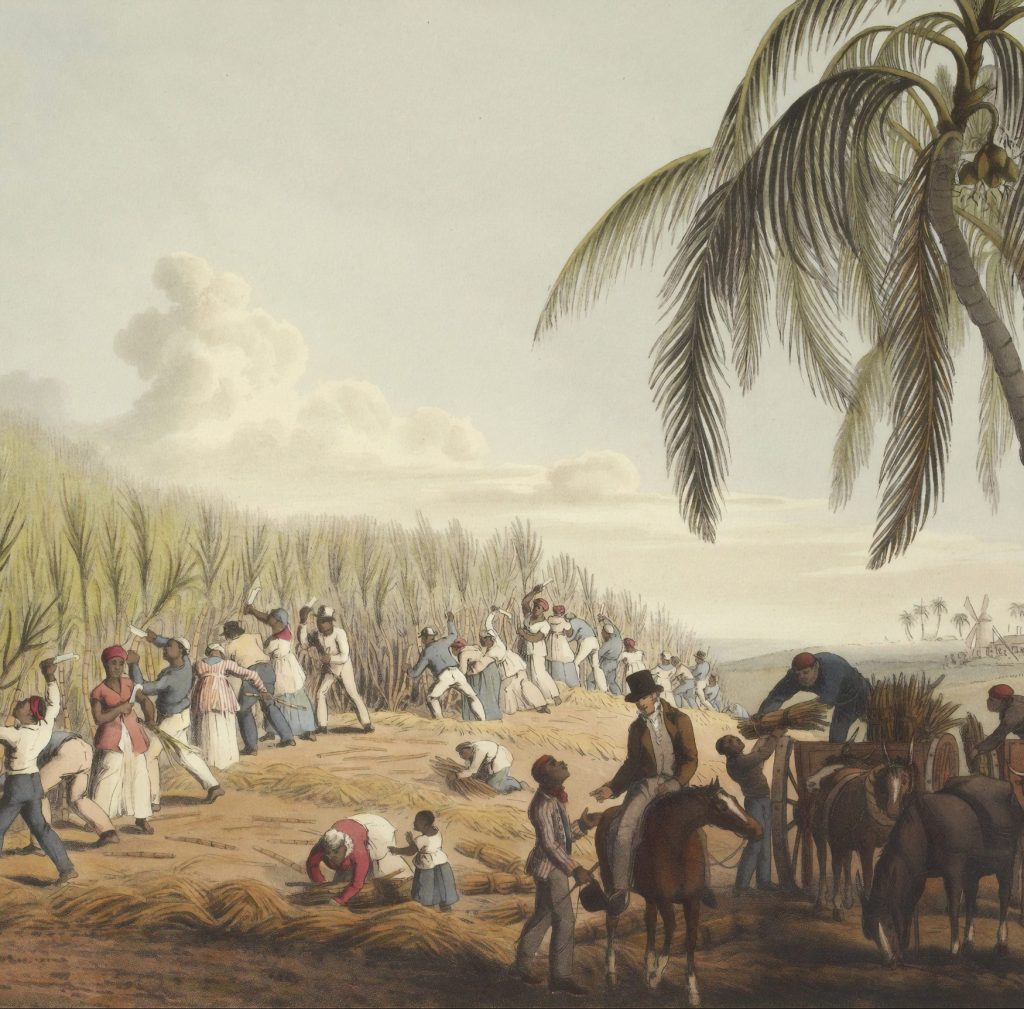Decoding the Historical Significance and Legacy of Aggry Beads

Photo by British Library on Unsplash
Introduction: Rediscovering the Story of European-Traded Aggry Beads
History often holds hidden stories that reveal the complexities of human interactions, economies, and power dynamics. In this exploration, we delve into the world of European-traded Aggry beads in Africa—a seemingly ordinary object that played a pivotal role in shaping economies, cultures, and the course of history.
Aggry Beads: More Than Meets the Eye
Imagine a time when money wasn’t a piece of paper or a digital number—it was an object of value. In the vast tapestry of African trade, Aggry beads emerged as a universal currency, transcending linguistic and cultural barriers. These small, colorful beads weren’t mere decorations; they represented value, facilitating trade and interactions between diverse tribes.
A European Ploy: The Birth of Deception
As European explorers set foot on African soil, they encountered the value attributed to Aggry beads by local tribes. Recognizing an opportunity, they embarked on a plan to produce these beads themselves in Europe, particularly in cities like Venice, Italy. Their aim was not to celebrate the cultural significance of the beads, but to manipulate their economic value for personal gain.
A Shift in Balance: Devaluation of the Genuine
The introduction of European-made Aggry beads marked the beginning of a subtle but significant transformation. Imagine valuing a precious gem, only to find out that replicas have flooded the market. European beads, although resembling the cherished Aggry beads, were crafted with less valuable materials, leading to a devaluation of the genuine article. This influx disrupted the equilibrium of trade, causing the value of traditional Aggry beads to decline.
Coastal Centers and Economic Upheaval
The economic impact wasn’t uniform; coastal regions, where European traders established their footholds, bore the brunt of the transformation. Nations like Ghana and Nigeria, already endowed with valuable resources, became focal points of this economic manipulation. As European beads gained prominence, local currencies based on Aggry beads lost their value. Prices surged, resources were unevenly exchanged, and power dynamics underwent a seismic shift.
Exploitation Exposed: Uncovering the Truth
Beneath the economic turmoil lay a dark tale of exploitation that shook African societies to their core. European traders leveraged the devaluation of Aggry beads to their advantage. These traders offered their less valuable European beads in exchange for precious African resources, including minerals and human lives. What appeared to be equitable trade masked a lopsided exploitation, as Europeans enriched themselves while African communities suffered.
Lessons from Aggry Beads’ Legacy
The story of European-traded Aggry beads extends beyond the past, offering crucial lessons for the present and future. It illuminates the intricate interplay of culture, economics, and power dynamics. It warns against the repercussions of unequal trade, demonstrating how seemingly minor shifts can lead to lasting imbalances. By delving into these historical nuances, we empower ourselves to make informed decisions in an interconnected world.

Photo by Tasha Jolley on Unsplash
Threads of Impact Across Eras
The legacy of European-traded Aggry beads continues to resonate through the annals of history. What begins as a chapter on trade and economics evolves into a narrative of exploitation and cultural transformation. It underscores the notion that even simple objects can wield profound influence, shaping societies in ways we may not immediately perceive. By engaging with these narratives, we unravel hidden truths, deepen our comprehension, and navigate toward a more equitable future.
Conclusion: Aggry Beads—A Window into History’s Complexities
In the grand tapestry of history, the story of European-traded Aggry beads stands as a testament to the intricate forces that have shaped our world. These beads, once symbols of cultural exchange, transformed into tools of economic manipulation. They altered power dynamics, disrupted economies, and left an indelible imprint on African societies. By investigating these narratives, we unveil concealed truths, expand our understanding, and chart a course toward a more just and enlightened future.












